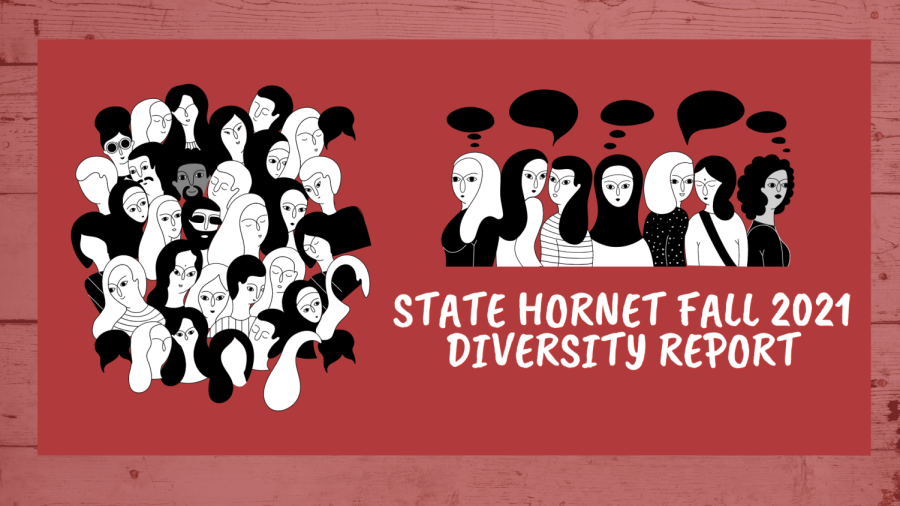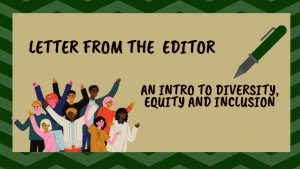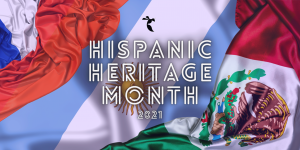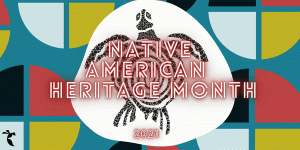LETTER FROM THE EDITOR: The State Hornet’s fall 2021 diversity report
Staff demographics and midway audit results
The State Hornet surveyed our staff’s demographics in order to analyze where we stand on diverse representation. This semester, The State Hornet had 34 students enrolled either as staffers or editors. Graphic by Emma Hall
December 11, 2021
Earlier this semester, The State Hornet surveyed our staff to find out how we reflect the demographics of the student body at Sacramento State. The survey was conducted to see where The State Hornet stands on representation and how we can improve our staff diversity.
We asked staff reporters and editors to select their ethnic group, sexual orientation, pronouns and if they identify as disabled. Our staff was given the option to select more than one ethnic group. This was to reflect the true diversity of our staff and how they choose to identify. However, due to the fact that Sac State does not release their number of LGBTQ+ or disabled students publicly, we were only able to compare ethnic demographics.
Here were our findings:
This semester at The State Hornet, our staff was 47.1% white, 26.5% Latino/Hispanic, 23.5% Black, 8.8% Asian, 8.8% Multiracial, and 2.9% Native American. There are no staffers or editors who identify as Pacific Islander.
At Sac State, 36% of students are Hispanic/Latino, 25% white, 19% Asian, 6% Black, 6% Multiracial, 1% Pacific Islander, and 0.23% Native American.
Overall, The State Hornet’s staff is majority white. However much of The State Hornet’s diversity shows in our editorial board, where 73% of us identify as people of color. This is unlike most professional newsrooms, where often those in higher positions lack ethnic diversity.
The State Hornet also proportionally has more Black, Multiracial, Native representation in comparison to the university population. In total, The State Hornet has eight students who identify as Black, three who identify as Multiracial and one who identifies as Native American.
Diversity is more than just our staff’s ethnic groups. From our survey, we found 17.6% of our staff and editors identify as LGBTQ+, 14.7% preferred not to answer and 67.6% did not identify as LGBTQ+.
52.9% of our team also uses he/him pronouns. 44.1% of our team uses she/her pronouns while one person, making up 2.9%, uses he/they pronouns.
In regard to staffers and editors with disabilities, our survey revealed that 11.4% of our team identify as disabled, 8.8% preferred not to answer and 79.4% did not identify as disabled.
It is without a doubt that The State Hornet is majority white, cisgender, straight and abled. But with the addition of our Diversity, Equity and Inclusion section and our publication increasing our class size, The State Hornet hopes representation can improve this upcoming spring.
We also conducted our midway semester audit in October, where we discovered we were on the right track to meeting our semester goals. All sections, with the exception of Arts and Entertainment, met our goal of dedicating more than half of coverage focused on or centering sources from underrepresented communities.
Our midway audit findings are a great sign, but it’s our job to make sure we maintain these numbers by our final audit and in the future.
Our midway audit is attached here:
The Reuters Institute cited last year that 42% of newsrooms said ethnic diversity was the biggest priority in 2021. Without diversity, representation and implementation of change — we are not serving our audience. That being said, it is only fair that The State Hornet releases our own diversity report so our audience knows who is serving them.
It is no secret that journalism, as an industry, does not reflect the audience we strive to serve. Lack of diversity is a problem at the most well known and prestigious publication in the United States. For example, at The New York Times, 83% of their editorial leadership and 73% of their staff is white according to their 2019 diversity report, even though New York City is 47% white.
But, what’s happening at the New York Times is not an isolated incident, it’s a systematic problem. The Washington Post’s News and Editorial staff is 67.7% white, with editors 75.7% white. According to the Columbia Journalism Review, 17% of newsroom staff in the United States are not white despite 37% of the US population being people of color.
While these issues can be found in mainstream publications, it does not mean The State Hornet is exempt from criticism and accountability. This is why our publication has decided to release these results publicly.
The State Hornet will publish our final audit analyzing our content from this entire semester during finals week.



































































































































